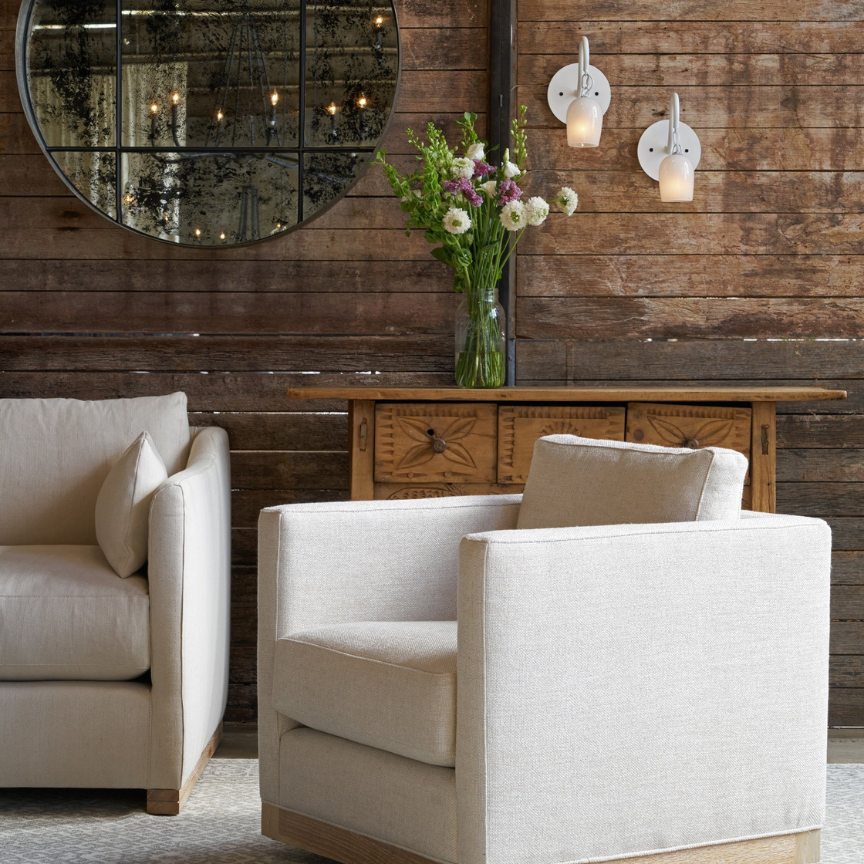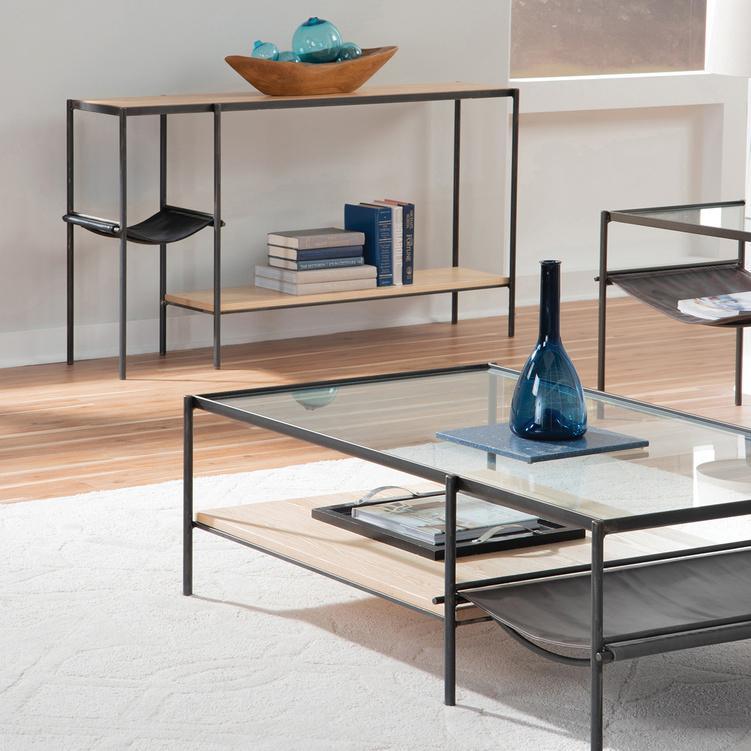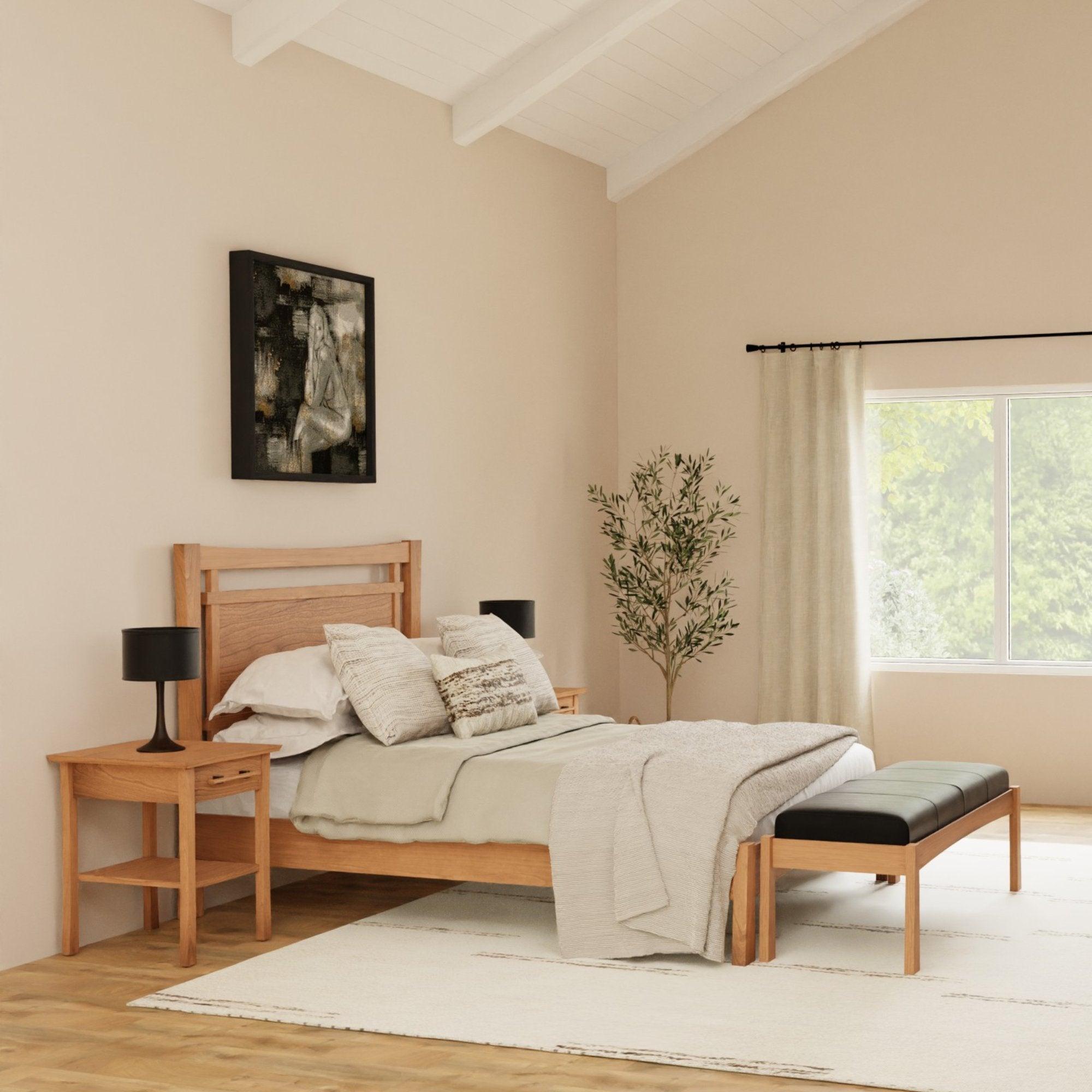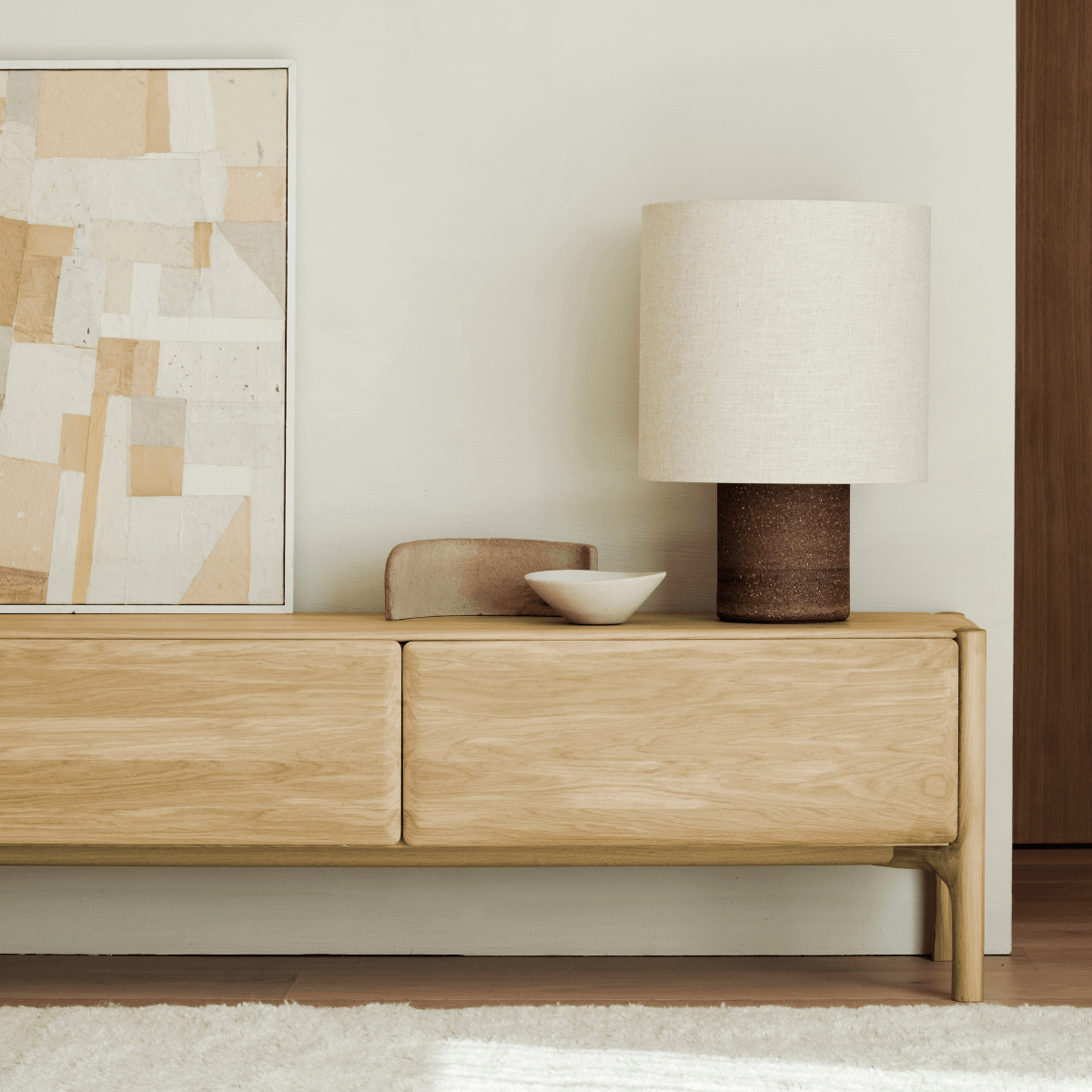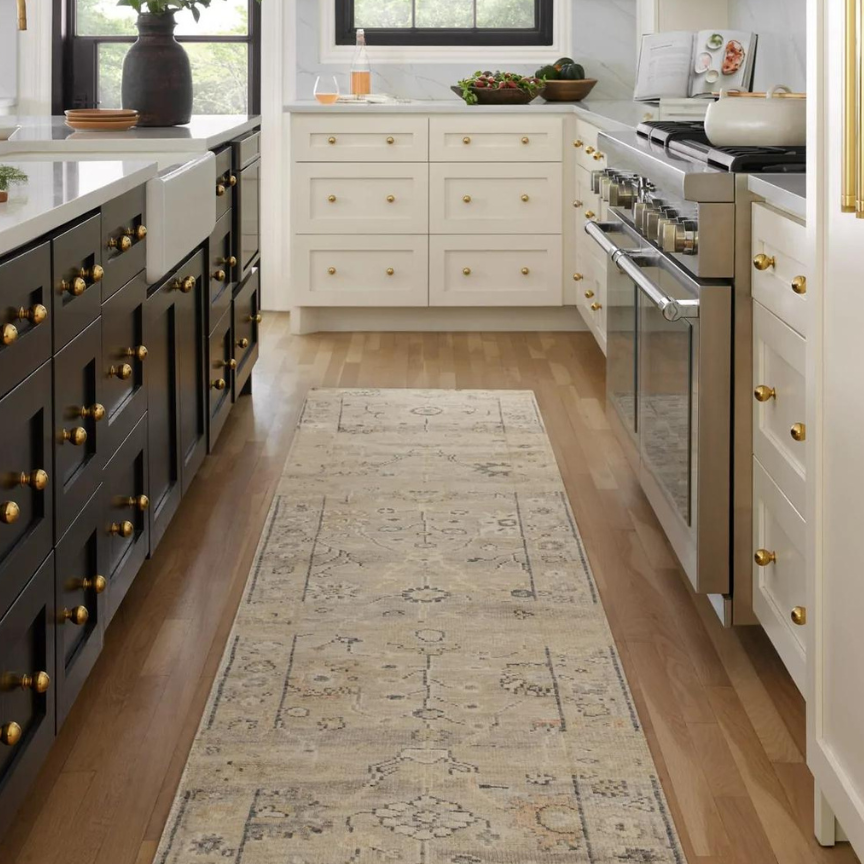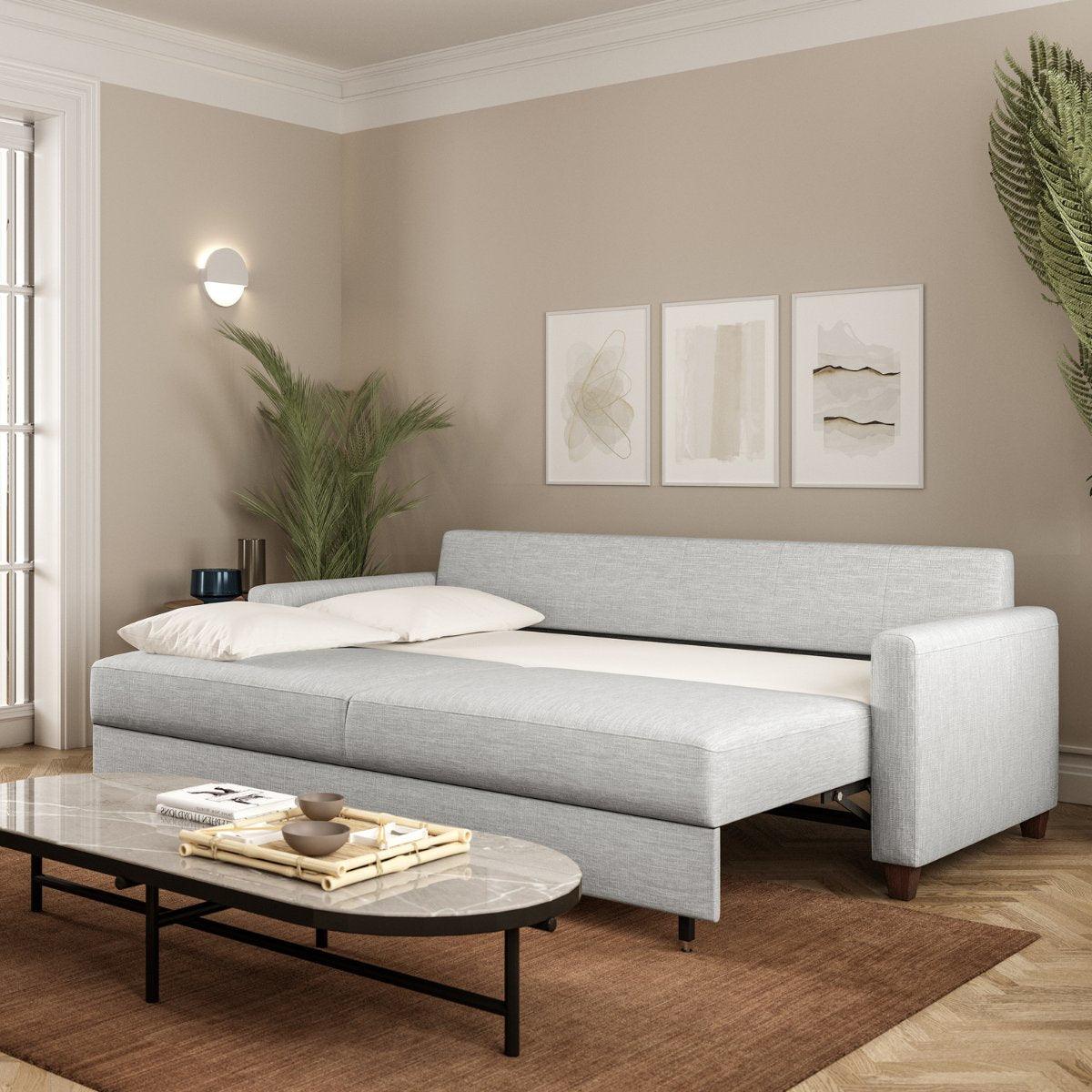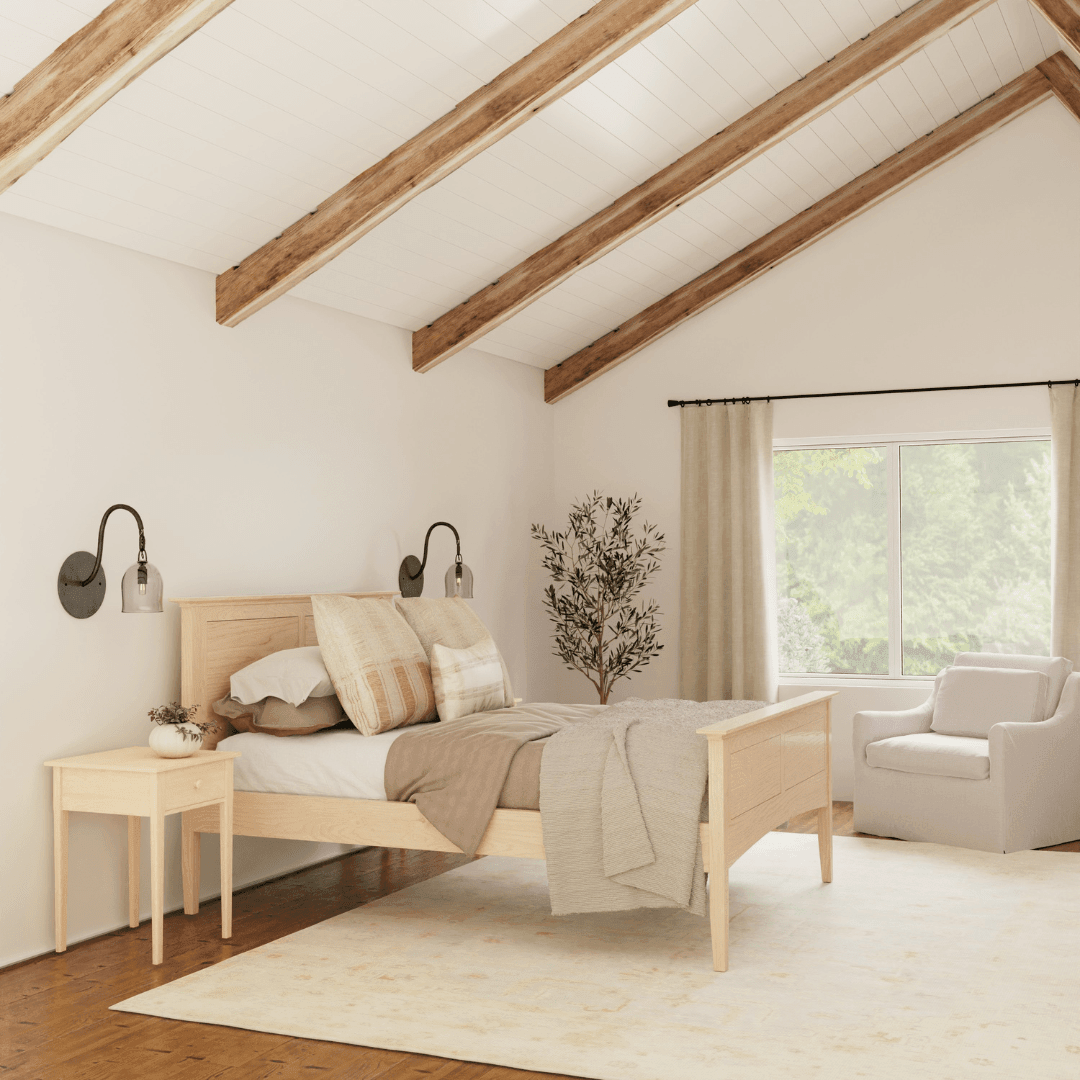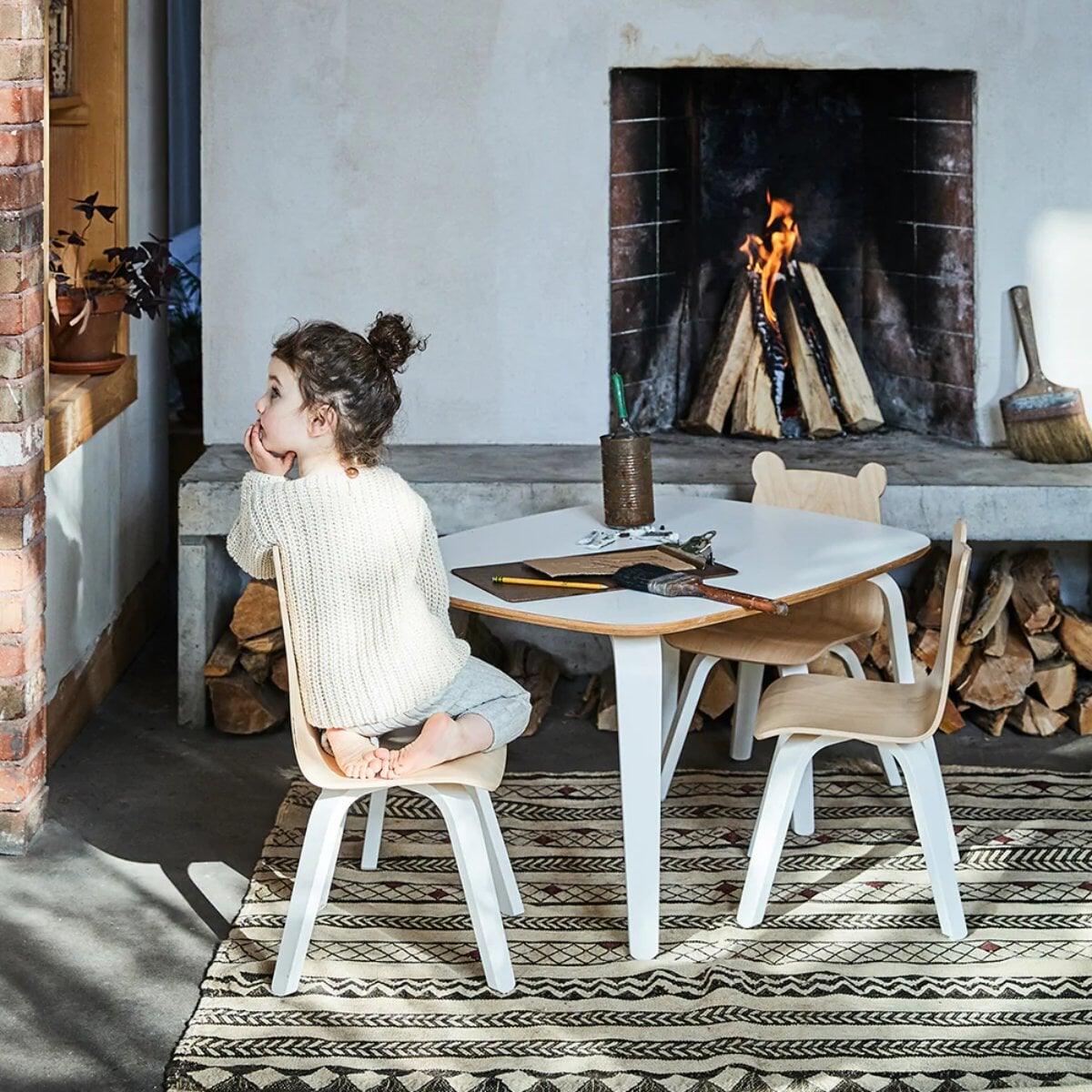Whether shopping for all new dining room furniture or looking to introduce just one or two pieces, these pointers will help you plan your layout to create the best dining room for your space.
 X Dining Table & Bok Chairs by Ethnicraft
X Dining Table & Bok Chairs by Ethnicraft
Take the extra time to plan your table measurements, seat heights, and floor placements; it will go a long way to making your dining room as functional and comfortable as possible. Use this guide to walk you through each step!
What’s the right size dining table?
Though it may be tempting, the right size dining table is not the largest one you can possibly fit in your dining room. For both square and round dining tables, you want to leave at least 30 to 36 inches between the edge of the table and walls or other large furniture pieces (such as sideboards or buffets). This gives everyone enough space to comfortably get in and out of their seats and move about the space when not seated.
You also want to give each diner about two feet of space so they don’t feel cramped. Ultimately, your specific seating needs will determine how many chairs to place around your table, and if you don’t have a lot of room to work with, you may have to squeeze seats a little closer together. If this is the case, consider round or oval dining tables. Because they lack corners, they can usually fit more people, which helps you maximize your floor space.
Here are how many people you can comfortably fit at different typically-sized tables:
Square Tables
- 48 inches long: 4 people
- 60–72 inches long: 6 people
- 80–87 inches long: 8 people
- 92–108 inches long: 10 people
- 120 inches long: 12 people
Round Tables
- 42–28 inch diameter: 4 people
- 60 inch diameter: 6–8 people
How to accent with a rug
Adding a rug under your dining table is optional— but it can help ground your table in the space and provide a little diversity of color and texture, which you may want if your table and floors are made of similar materials. Generally speaking, square rugs go with square tables, and round rugs go with round tables (but depending on the rug size and amount of floor space, you can look beyond these conventions).
 Anissa Hand Knotted Rug by Loloi
Anissa Hand Knotted Rug by Loloi
Sizing is also important for your rug. Look for rugs that extend beyond the edge of your table at least 36 inches between the table edge and the rug edge. Most dining tables will need a rug that’s at least eight feet wide, to give enough room for pulling out chairs without falling off the rug.
What size chairs to get?
 Piper Dining Chair by Cisco Home (Left), Estelle Chair by Copeland (Right)
Piper Dining Chair by Cisco Home (Left), Estelle Chair by Copeland (Right)
While you can’t always test out your dining chairs with your dining table before buying them, you can use some standard measurements to make sure both pieces fit together smoothly.
The most important thing is that your chairs easily slide under your table. This can become tricky if you’re shopping for chairs with armrests, so a good rule of thumb is to make sure there is at least seven inches between the top of the armrest and the tabletop.
Thankfully, most dining chairs and seats are made within a small range of heights, so finding chairs that fit—even when shopping online—is totally achievable. Most dining chair seats are 18 to 19 inches high, and most dining tables are 30 inches high.
 Bok Chair by Ethnicraft (Left), Saratoga Chair by Cisco Home (Right)
Bok Chair by Ethnicraft (Left), Saratoga Chair by Cisco Home (Right)
As long as you’re shopping in the dining chair category, you’ll be fine with any of your choices. But if you browse other seating categories, make sure to check the product description for measurements before buying.
What about chair styles?
Getting chairs in a matching set always looks good, and you’ll never regret following that intuition. We have plenty of wooden chairs to match any style wooden table. But you make the rules in your home, and sprinkling in variety is just as lovely. Try different wood varieties or even the same wood in different stains for a well-rounded look.
One option is to get armless chairs for the sides of your table and one armchair to put at each end. The armchairs will bookend the table and add more personality to the room, which can compliment your design style.
 EX1 Dining Chair by Ethnicraft (Left), Estelle Chair & Audrey Dining Collection by Copeland (Right)
EX1 Dining Chair by Ethnicraft (Left), Estelle Chair & Audrey Dining Collection by Copeland (Right)
Another popular—and more casual choice—is replacing one side of chairs with a bench. A bench gives you more flexible seating options and is easy to hide under the table when you’re not using it.
What about storage?
It’s easy to forget about storage for your dining room, but it’s a worthy investment. If you have the space, look for buffets or sideboards that are at least the same height as your dining table—but ideally taller. And if you’re tight on space, even a small storage cabinet helps to keep extra dishware nearby but out of the way.
 Wave Cupboard (Left), Iso Dining Collection by Copeland (Right)
Wave Cupboard (Left), Iso Dining Collection by Copeland (Right)
You want your dining room storage to be at the same height as your table because it offers more room for resting plates, platters, or drinks when you’re serving a large group. Think of it as an extension of your dining table!
Remember lighting
Having your table, chairs, and storage in place is an amazing feeling. But you can make it even more inviting with the right lighting; and dining room lighting is best when it’s a little moody.
 Bolle Pendant by Cisco Home (Left), Muto Pendant by Cerno (Right)
Bolle Pendant by Cisco Home (Left), Muto Pendant by Cerno (Right)
Look for light fixtures that hang from your ceiling, such as chandeliers or pendants. You can hang both of these so the bottom is 30 to 36 inches above the table. When you’re installing a chandelier, center it on the table, not the room. Pendants, meanwhile, should be spaced 26 to 28 inches apart to create gentler, more diffuse light.
 Catalina Dining Collection by Copeland
Catalina Dining Collection by Copeland
Ready to bring your dining room to life? Check out the dining collections from our partners and see how much style and sustainability they can bring to your home.


































